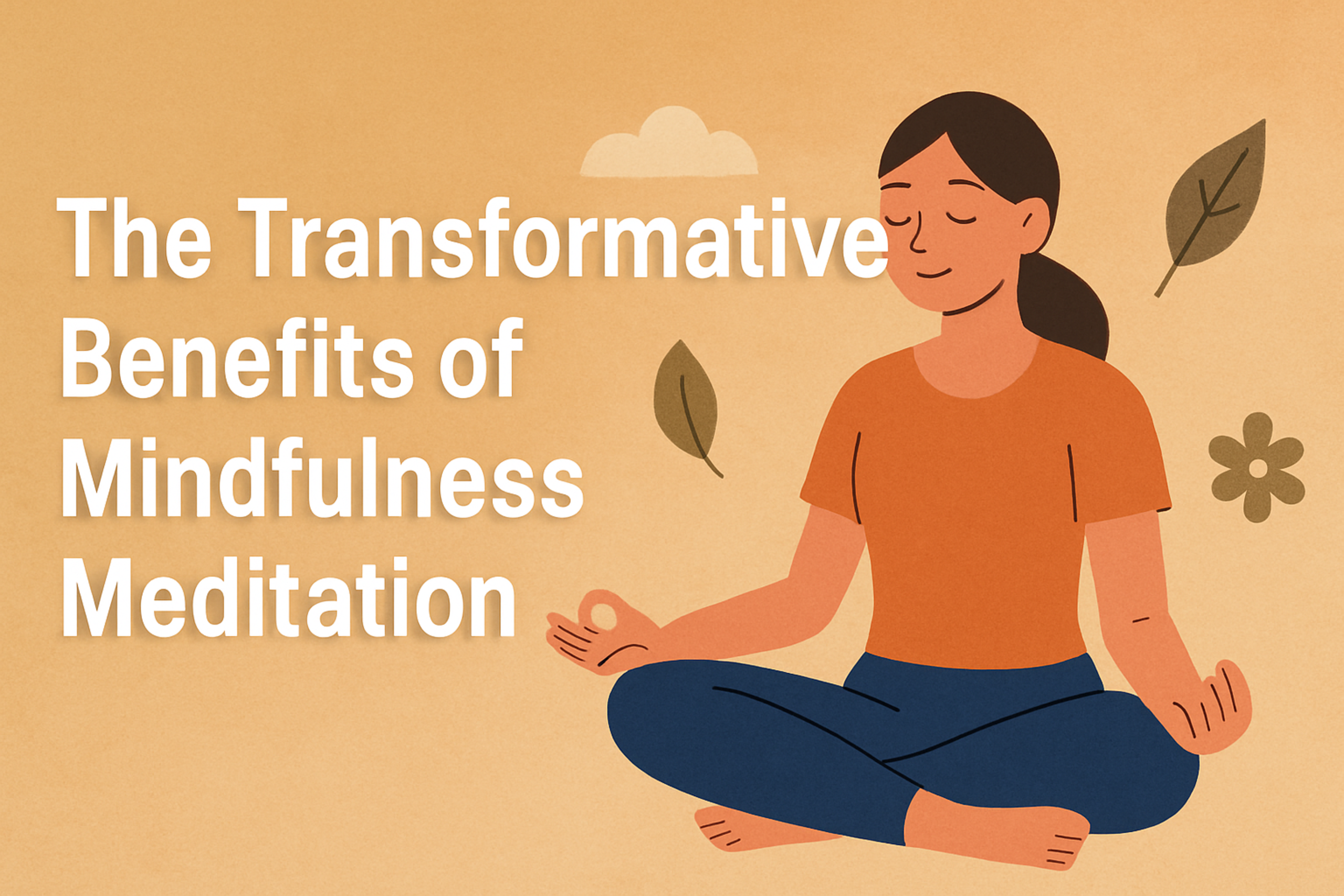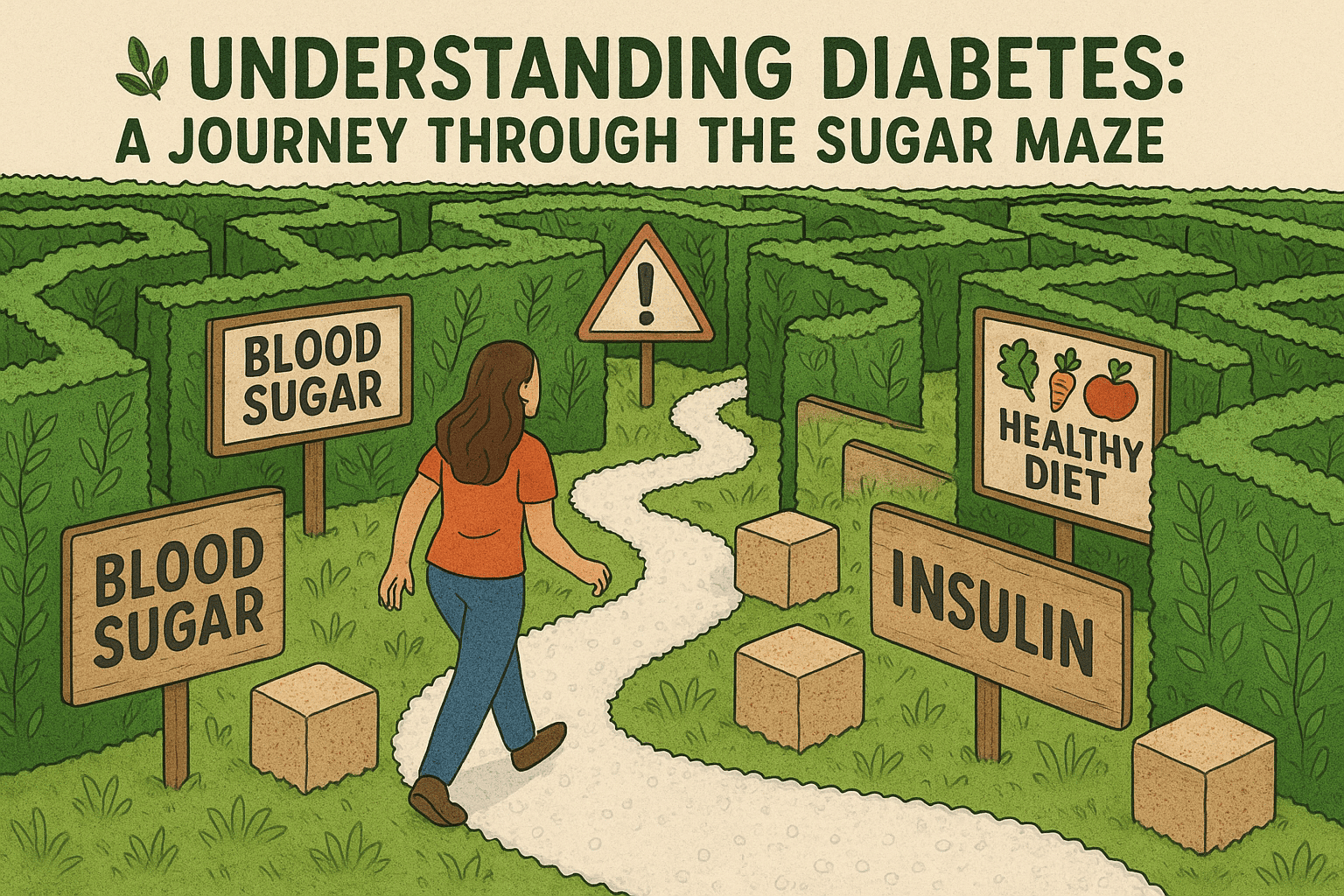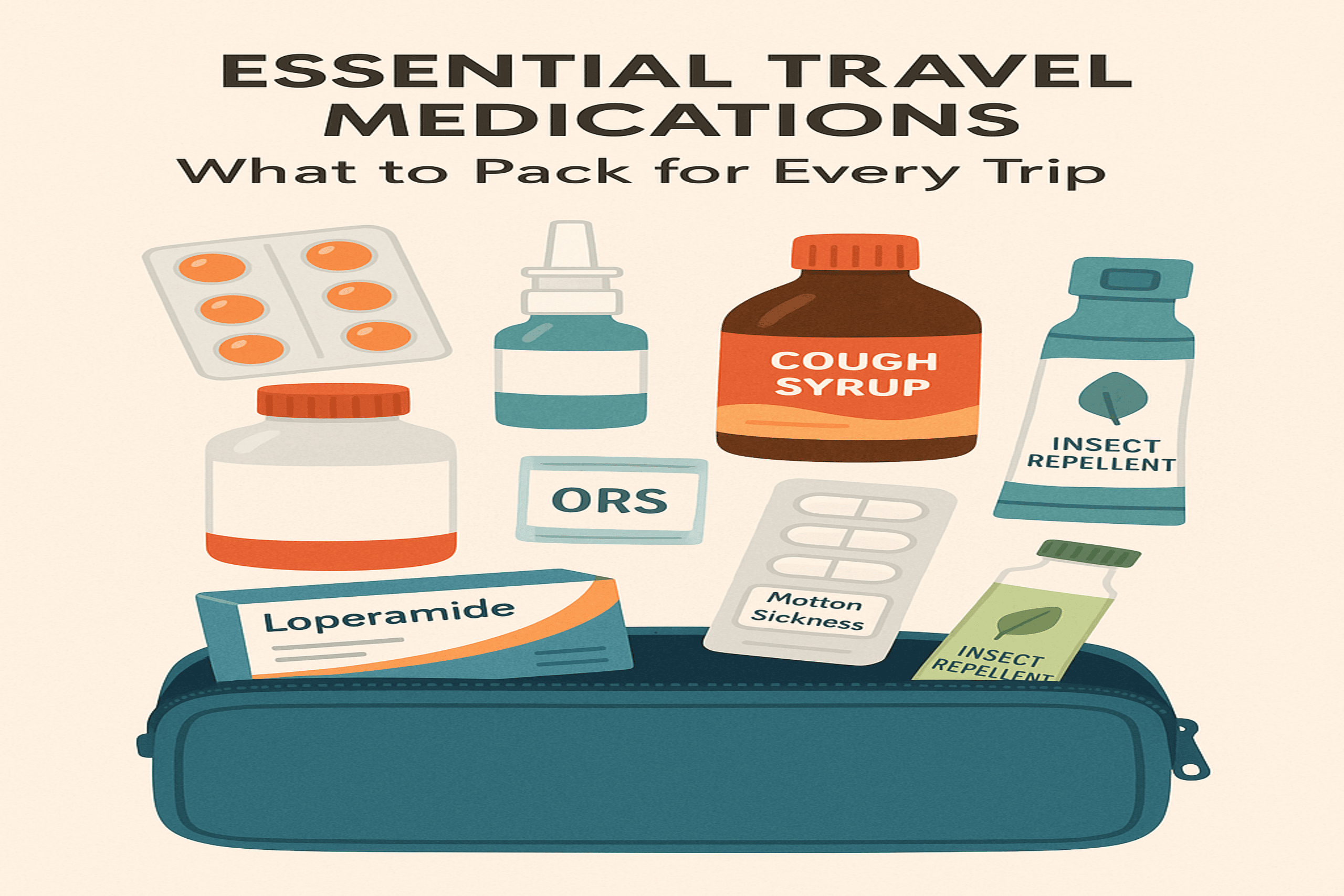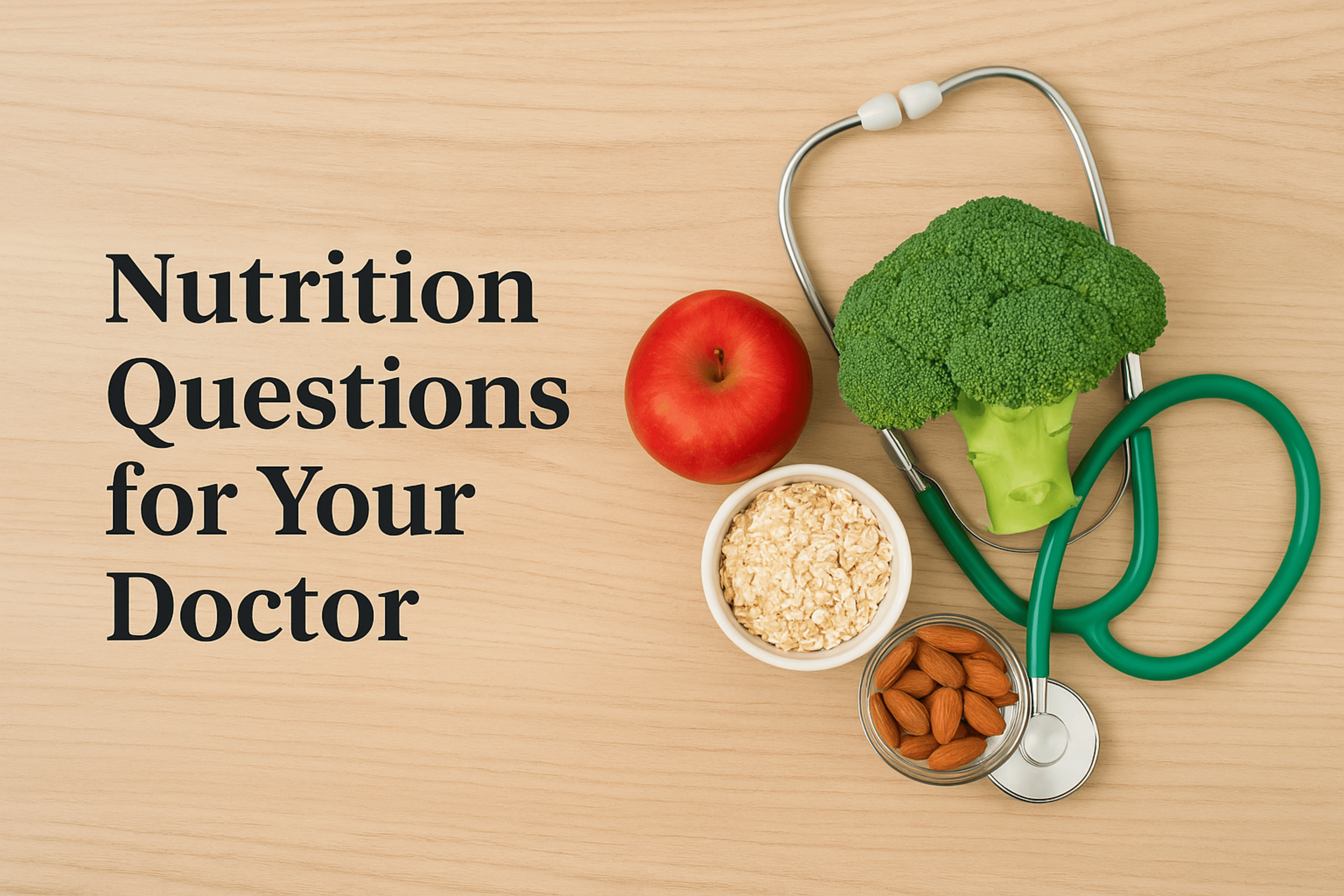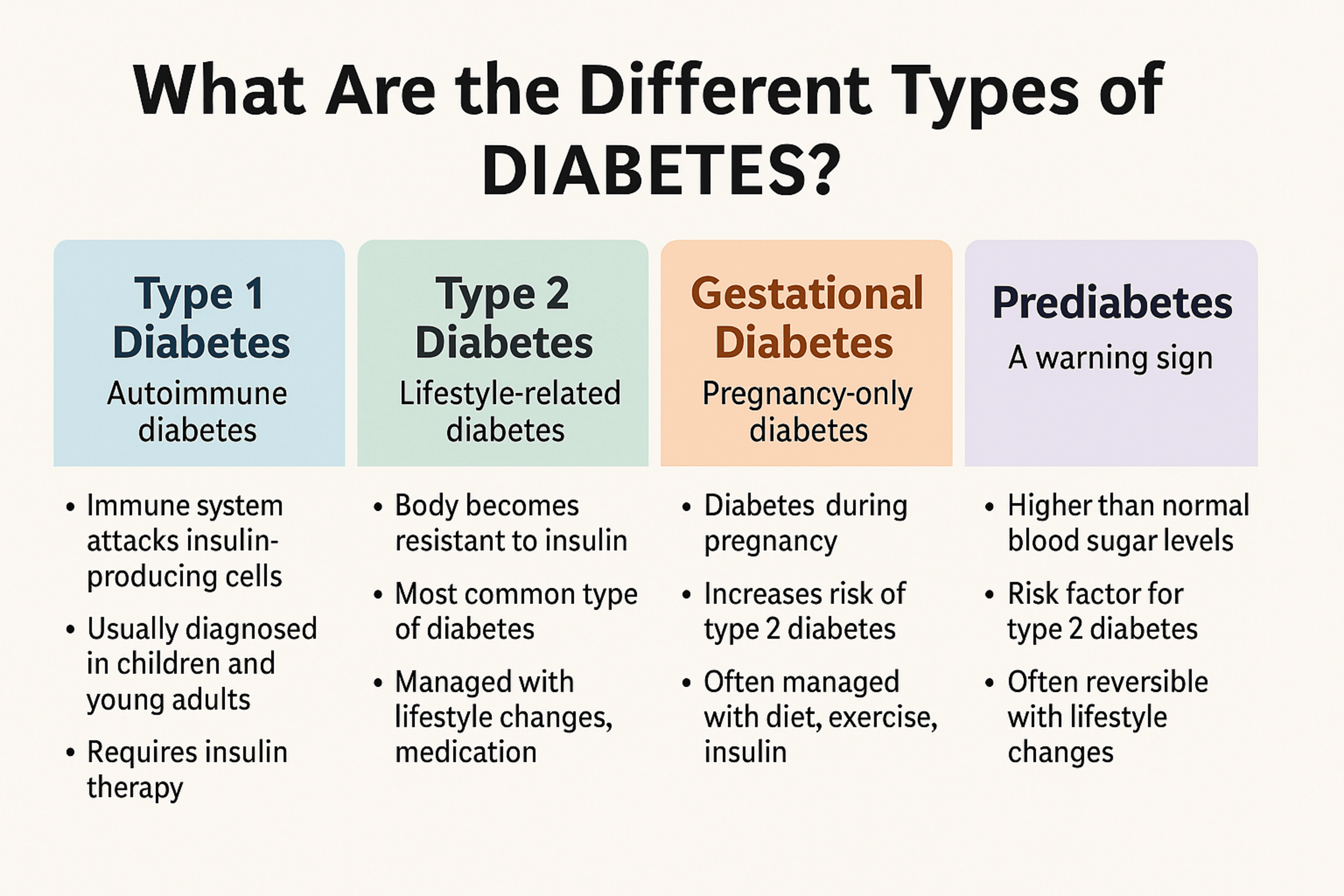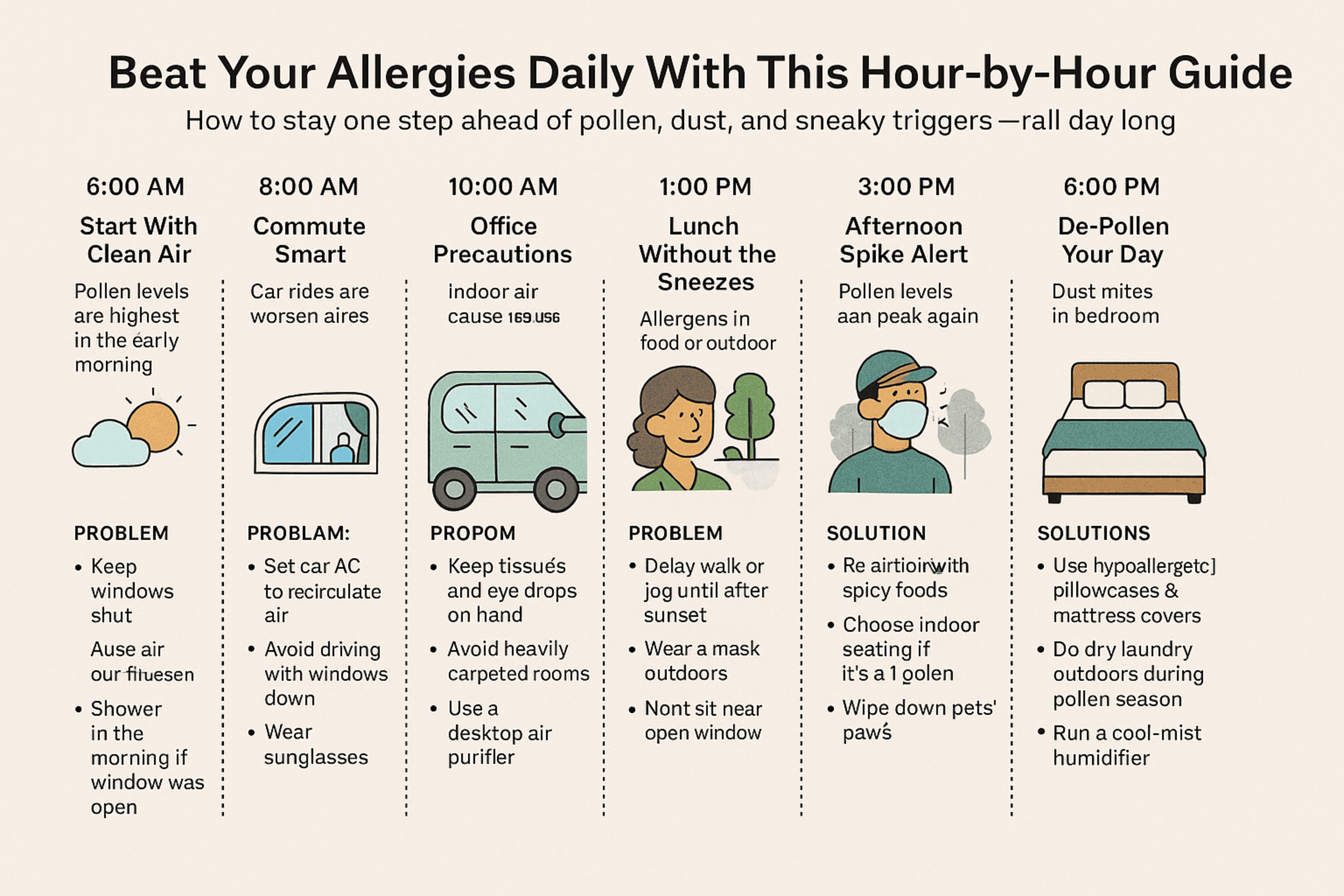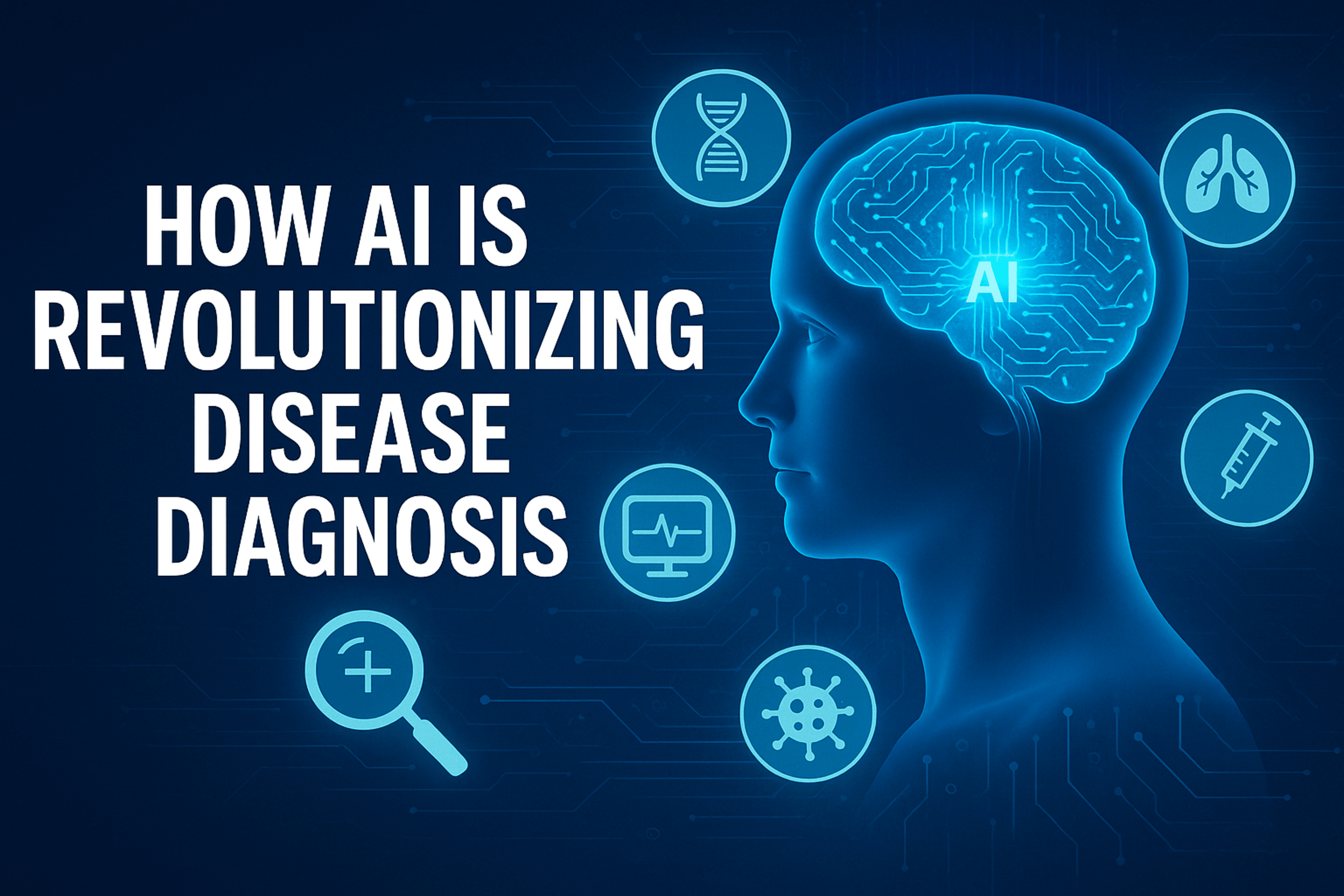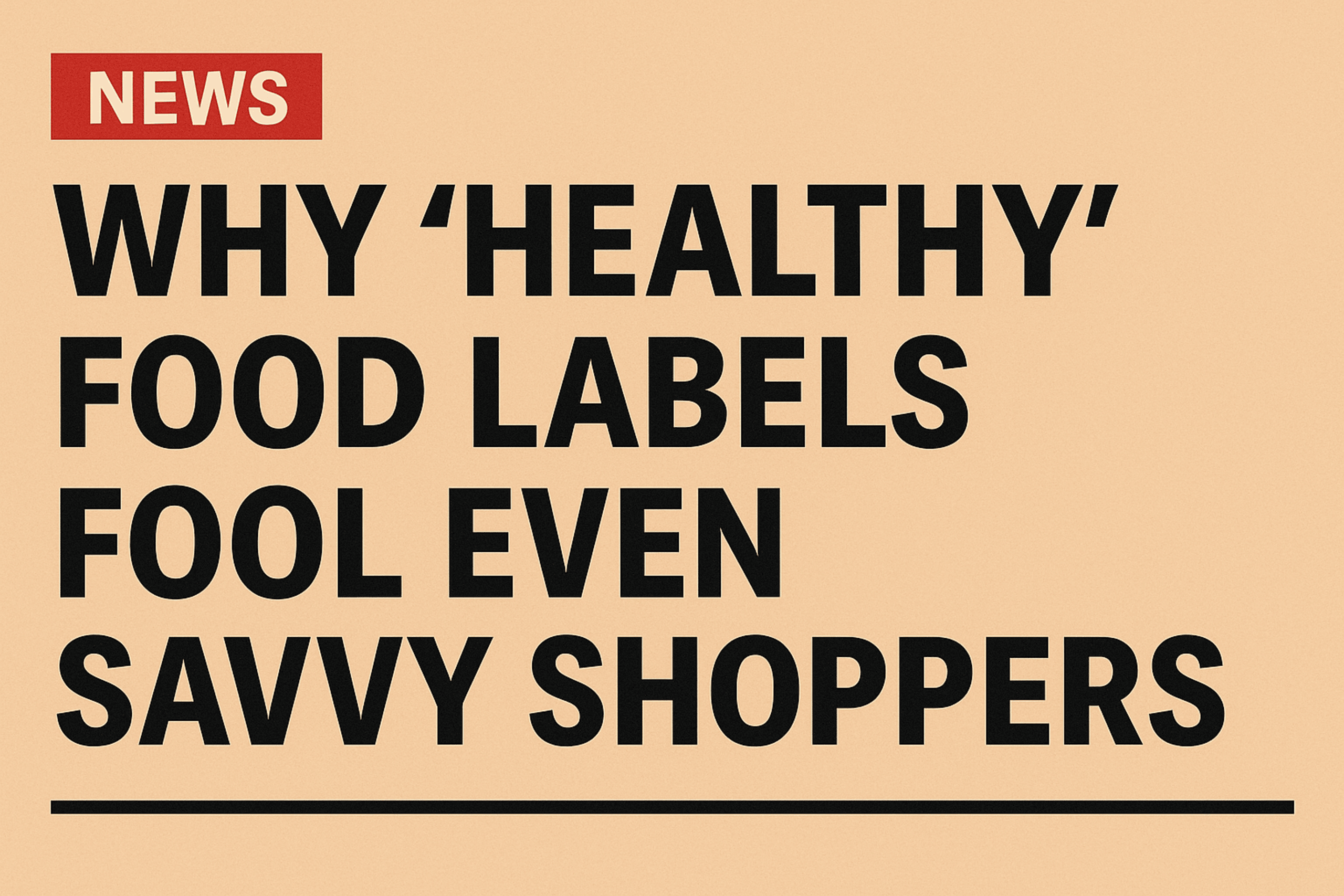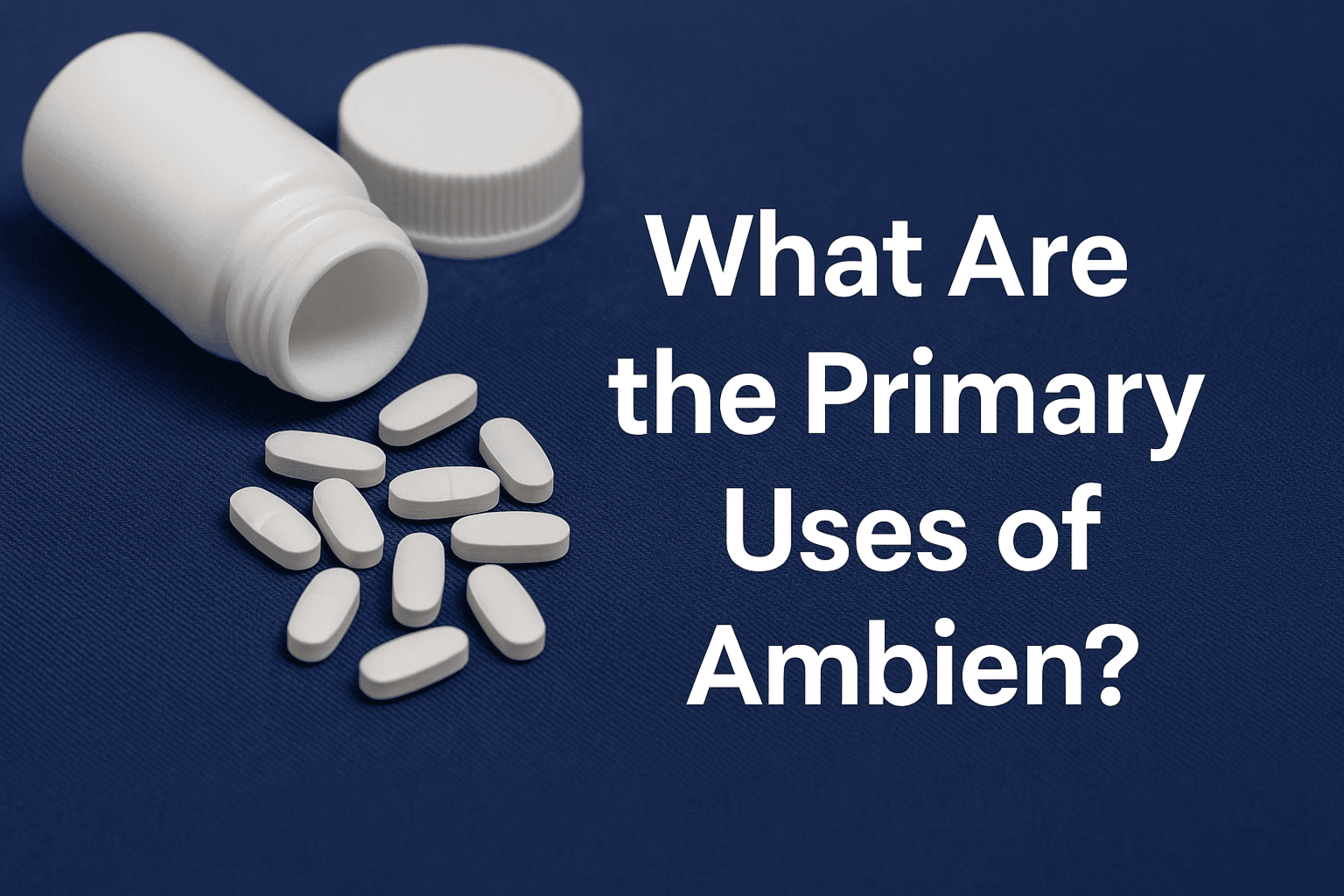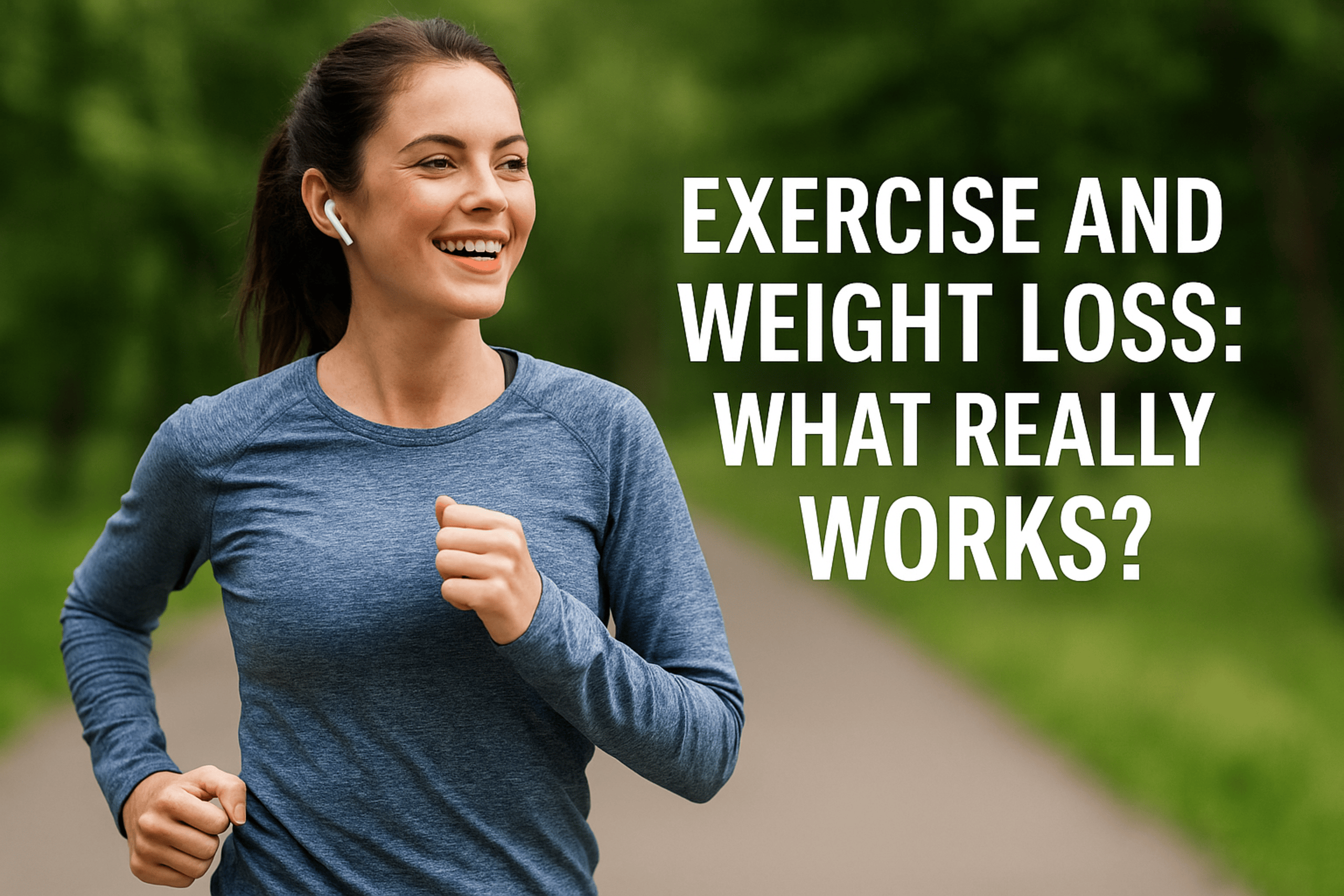The Transformative Benefits of Mindfulness Meditation
In today’s fast-paced world, it’s easy to get caught up in the chaos—multitasking through workdays, checking notifications endlessly, and constantly planning the next move. Amid this whirlwind, mindfulness meditation offers a powerful antidote: the practice of slowing down, tuning in, and being fully present.
Mindfulness meditation is more than just a wellness trend—it’s a time-tested practice backed by science and rooted in centuries of wisdom. Alongside mindfulness, making informed and safe choices for your health—such as choosing to buy prescribed medicine online from trusted sources—can also support your mental and physical well-being.
Here’s how incorporating mindfulness into your routine (and being mindful about your medical needs) can lead to real, lasting benefits:
1. Reduces Stress
One of the most well-documented benefits of mindfulness meditation is its ability to lower stress. Regular practice has been shown to reduce levels of the stress hormone cortisol. By focusing on the present moment, you can reduce the tendency to ruminate on past mistakes or future worries—both of which contribute to chronic stress.
For those experiencing intense anxiety, a combination of mindfulness and medical intervention may help. Some individuals, under professional guidance, choose to buy anxiety pills online through licensed pharmacies to manage acute symptoms while they build healthier coping strategies.
2. Improves Focus and Concentration
Mindfulness strengthens your attention span. Just like lifting weights builds physical strength, consistently returning your attention to the present moment trains your brain to focus. Even short meditation sessions can improve cognitive performance and attention control.
3. Enhances Emotional Well-Being
Mindfulness helps you become more aware of your thoughts and feelings without judgment. This allows you to respond to life’s challenges with greater calm and clarity. Over time, this can foster emotional resilience and a more balanced mood.
In some cases of heightened anxiety or panic, medications like Xanax—when prescribed and used responsibly—can be part of a short-term treatment plan. If recommended by a healthcare provider, it is now possible to buy Xanax online safely through certified platforms, ensuring convenience without compromising legitimacy.
4. Promotes Better Sleep
Racing thoughts and anxiety often interfere with sleep. Mindfulness practices like body scans or breathing exercises help settle the mind before bedtime. For individuals struggling with chronic insomnia, combining mindfulness with the appropriate sleep support—under medical advice—can bring greater relief.
5. Supports Physical Health
Beyond mental wellness, mindfulness meditation also supports physical health. It’s been linked to lower blood pressure, improved immune function, and reduced inflammation. Mindful awareness can also lead to better lifestyle choices—like mindful eating, regular exercise, and proactive self-care. When medication is needed, choosing to buy prescribed medicine online from verified pharmacies can save time and ensure treatment continuity.
6. Fosters Self-Awareness and Compassion
Mindfulness invites you to observe yourself with curiosity and kindness. This leads to greater self-acceptance and helps you engage more compassionately with others. It’s a powerful tool for breaking negative cycles and replacing them with intentional, conscious behavior.
Getting Started with Mindfulness Meditation
You don’t need a special retreat or hours of silence. You can start by:
-
Sitting quietly for a few minutes
-
Focusing on your breath
-
Noticing sensations and thoughts without judgment
Start with just 5 minutes a day. Use helpful tools like Headspace, Insight Timer, or Calm to build consistency.
Final Thoughts
Mindfulness meditation is a profound practice for cultivating peace, clarity, and emotional strength in everyday life. Its benefits extend beyond the mind—helping us live more fully, intentionally, and healthily. Whether it’s choosing to meditate, seeking therapy, or deciding to buy anxiety pills online when needed under medical advice, the key is awareness and responsibility.
In a world full of noise and quick fixes, mindfulness offers a quiet space to return to—and reminds us to make thoughtful decisions for our mental and physical wellness.
